How to wipe off bitumen stains from different surfaces?
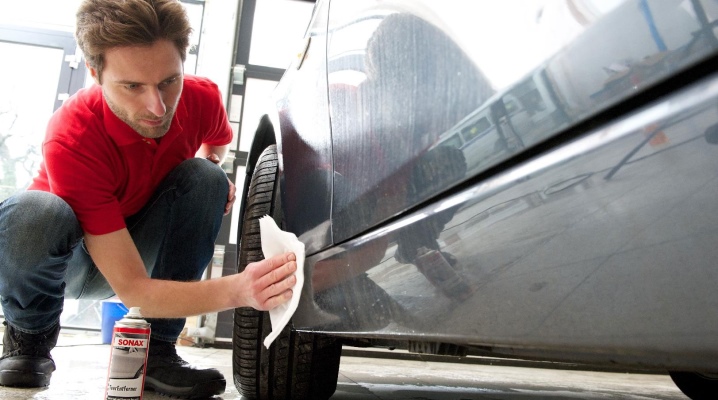
Resin-based contaminants are considered one of the most difficult to remove, in this regard, the question of how to wash the bitumen can be classified as very relevant. In fact, tools for removing it from hands, dog paws, and other surfaces are readily available and well known to most people. An overview of the best bitumen stain cleaners will help you find the right option.
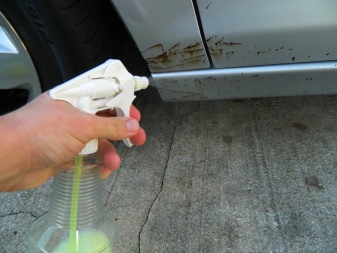

Features of pollution
Bituminous stains are contaminants that settle on the surface of the skin, clothes and shoes, on the body of a car, and other surfaces. They contain complex chemical compounds that change their state of aggregation under certain conditions. When heated, road or construction bitumen becomes soft and sticky, and sometimes flowing, easily smeared. It is not surprising that with the onset of the warm season, the problem of pollution with this substance becomes very urgent.
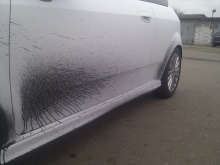


The main difficulty in removing bituminous stains is that they are insoluble in water. Routine washing or cleaning of surfaces will not get rid of the sticky black mass. They can be completely dissolved only with the help of organic substances of certain groups. They are used by manufacturers of household and industrial chemicals in their products.
A feature of bituminous spots can be called their transfer to other surfaces. Freshly laid or repaired asphalt is usually a source of pollution.
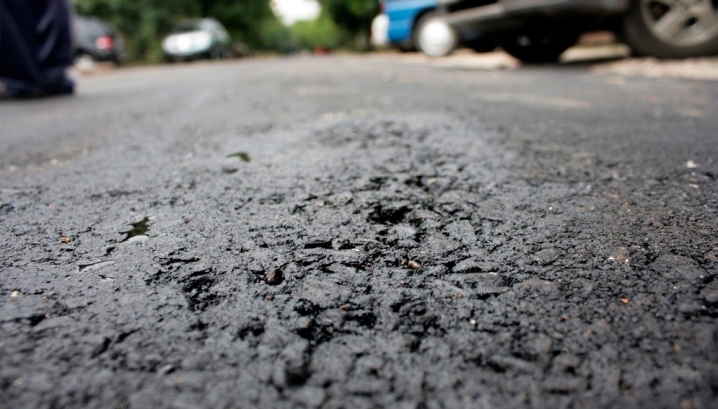
It is important to remember that such stains cannot be ignored. It will be much easier to remove soft or liquid bitumen than the hardened mass of the substance.
The best stain cleaners
A universal cleaner, with which you can easily remove bitumen from any surfaces at home, until it was invented. That is why in each case the solvent has to be selected individually. The ranking of the best rosters also varies depending on their purpose.
From the skin
Wash off accidentally hitting bitumen from the body or from the hands, from the paws of a dog with ordinary soap will not work. The chemical activity of alkalis is simply not enough to neutralize resinous compounds. In this case, you should use specialized organic solvents sold at hardware stores. Among the most effective formulations are often mentioned "Nefras", white spirit, diesel fuel. The fastest results are obtained with ready-made sprays and liquids intended for local cleaning of such stains from the car.
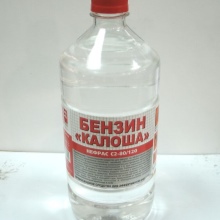
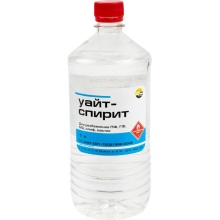

Animals, too, often fall into bitumen, and resinous traps await pets in the most unexpected places. For a dog or cat, prolonged exposure to a corrosive chemical is a serious hazard. They can get chemical burns, die. That is why you should not hesitate to remove the substance from the animal's fur and skin. For such cases, there are several tools that have stood the test of time.
-
Unrefined vegetable oil. The process of removing contaminants in this case will be long, but effective. It will be possible to bathe the animal with water and shampoo no earlier than in a day.
-
Crest. Mechanical removal will help if there is relatively little contamination. In this case, the animal is combed out until the spots disappear completely.
-
Thick dishwashing detergents. They can only be used on the paws, abdomen, and back.Avoid contact of the product with the eyes, nose, mouth of the animal.
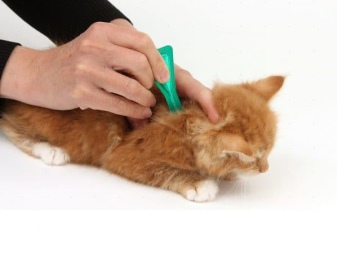
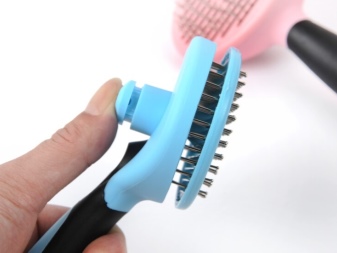
You can also try cleansing with white spirit or acetone-free nail polish remover. But the harm and benefit of such procedures should be weighed in advance.
From clothes and shoes
If bitumen gets on textile, woolen, leather products, it will not be so easy to remove it. The first step is to mechanically remove all substances that can be processed from the fabric. This can be done with a sharp knife or other similar instrument. It is important not to damage the very structure of the fibers - you will have to act very carefully. Pre-freezing the item will help to simplify scraping.
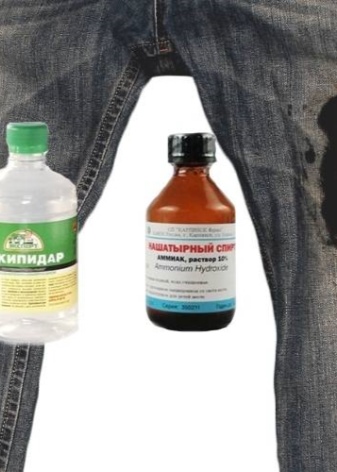
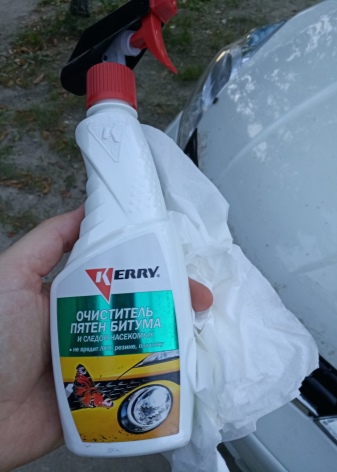
It is impossible to simply remove bituminous stains from clothes or shoes. But they can be removed with special cleaning agents. It is recommended to apply a soapy solution around the problem area. It will prevent the spread of contamination.
Special agents for the fight against tar on clothing and footwear are not produced. They are successfully replaced by chemicals in aerosols from the auto chemistry departments. Several products are considered safe for textiles and leather.
-
Super Degreaser. This formulation has worked well for removing stains from natural materials. It is suitable for denim, cotton and blended textiles. It is necessary to apply the composition for only 5 minutes. Then you can remove the loose resin with a cotton swab, and send the thing to the wash.
-
Tar Remover. This cleaner differs little from the first option. It is also intended for topical use, applied to the stain for a while, then removed. Multiple treatments may be required if contamination is old.
-
Eltrans. It is an aerosol cleaner that is as easy to apply as possible. It is imperative to shake the balloon first. The sprayed agent is kept on the treated area for about 10 minutes, then removed with a sponge.
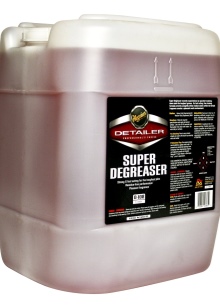
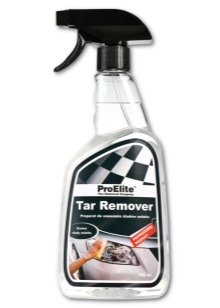

Popular folk recipes for purifiers are also worth looking at. Small fresh stains can be easily removed with milk or butter. The fatty component is rubbed in until traces of blackness are completely eliminated. In some cases, soaking things in a solution of 30 g of caustic soda and 1 liter of water works well. You can also use any available organic solvent.
From the car
Finding a suitable compound for removing bitumen stains from tires, wheel arches and mudguards, wheels and body is quite easy. There are special shampoos on sale that allow you to quickly get rid of fresh dirt. They can be used to remove uncured resins. In cases where black drops and streaks have hardened, it will be much more difficult to wipe off the surface.

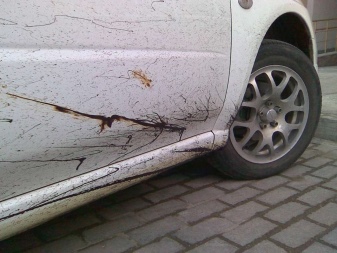
Among industrial cleaners to combat old traces of bitumen, motorists distinguish some types of products.
-
"RiMET". The tool copes not only with resins, but also with traces of insects. Sold as a local spray. It is enough to apply the composition to the surface for 2-3 minutes, and then wipe it off with a rag or soft cloth.
-
LAVR. The liquid formulation in a plastic spray bottle is convenient for local application. The product does not spoil paint, vinyl coverings. You can wash off its traces after processing with plain water.
-
Doctor WAX. The composition in the form of a liquid is sprayed using a special nozzle on the neck of the bottle. The mixture has a rather thick consistency, reminiscent of a polish. Easily and quickly dissolves specific body contaminants.
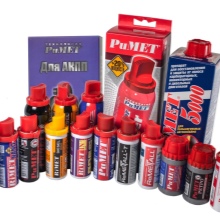
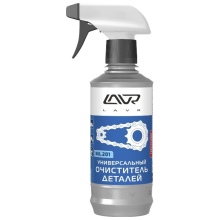
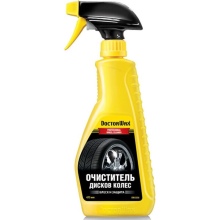
It is also worth taking a closer look at the "folk" remedies against bituminous stains. For example, WD-40 fluid easily removes fresh traces of such substances. You can also use diesel fuel or kerosene, but after using them, you will have to remove greasy stains from the surfaces.
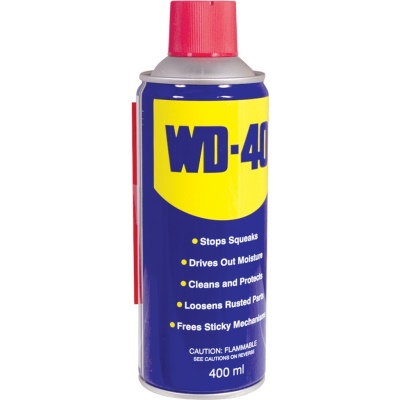
Experienced body repair experts recommend trying in such cases the "anti-silicone" used before painting. It easily dissolves any organic matter.
From other surfaces
Bituminous spots on the surfaces of building or finishing materials and structures do not always appear by accident. Sometimes this substance is used as an element of waterproofing or anti-corrosion protection. In this case, it is necessary to remove the coating in order to apply a new layer or change it to another composition. In addition, bitumen-based mastic can accidentally get on the finishing materials. In this case, the main thing is to prevent it from eating into their structure.
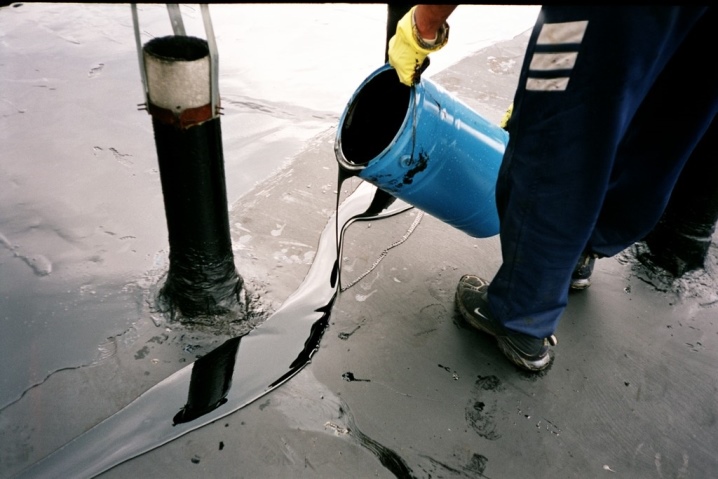
You have to work with different types of materials in your own way.
-
When processing concrete, especially if the area of contamination is large, you can remove the resinous coating with a grinder. Grinding is carried out repeatedly until the black film is completely freed from the artificial stone. Chemical removal on your own is not recommended, since the compositions for it contain extremely toxic compounds of carbon disulfide, benzene, and other hazardous substances.
-
Removing black drops and drips from metal is also quite simple. This material lends itself well to processing with organic solvents. If there is a paint and varnish composition on the surface, it is worth considering that it may also suffer.
-
The emergence of modern finishing materials only adds to the problems if they come into contact with bitumen and its derivatives. From plastic in the form of panels on the walls, from the laminate on the floor, it is strictly forbidden to remove streaks or stains of resin by mechanical means. Experimenting with organic solvents is also not worth it. It is better to take ready-made compositions from car dealerships.
-
On the other hand, such contamination can be simply scraped off ceramic tiles - it will not suffer.
-
Bitumen stains are usually removed from rubber with diesel fuel or kerosene. In this case, it is necessary to observe precautions when working with flammable liquids.
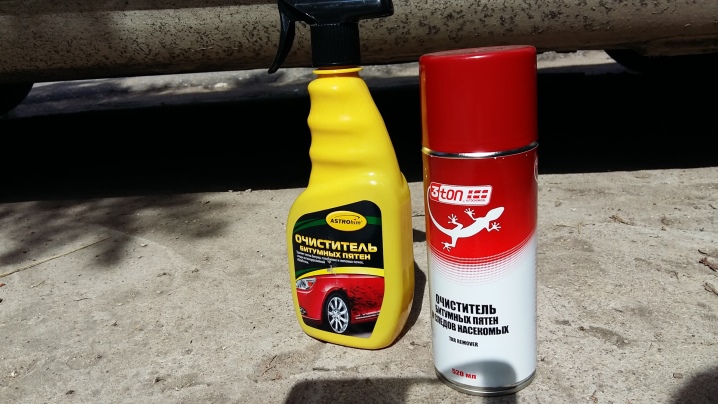
All these recommendations should be taken into account before starting the purification of bitumen-based contaminants.
Precautionary measures
When working with cleaning agents for removing bitumen stains, it is imperative to follow the safety rules recommended by the manufacturers. Corrosive solutions may require the use of a construction respirator, protective gloves and goggles.
In addition, it is imperative to remember that you should not contact the removed resinous substance - if it comes into contact with the skin, it can cause an allergic reaction.
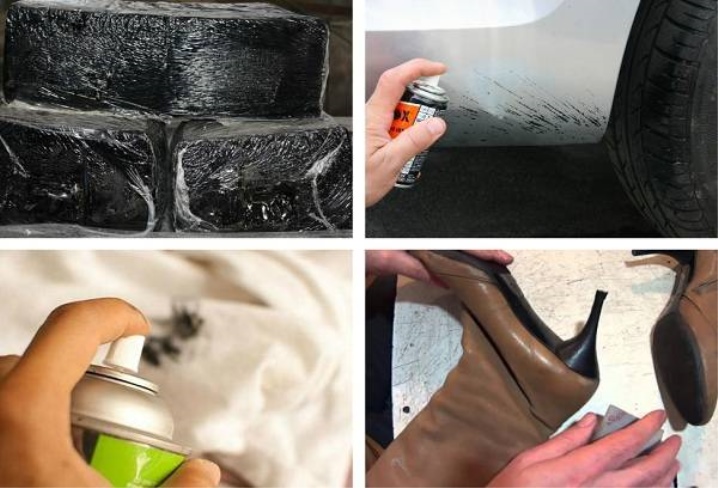
When it comes to the car body, there is a whole range of preventive measures to avoid the appearance of such specific contaminants on its surface. It is enough to follow a number of recommendations.
-
Do not drive on freshly paved asphalt. In the absence of such an opportunity, cross the problem area at a speed of no more than 50 km / h.
-
Avoid active steering when driving on soft asphalt.
-
Maintain an interval of at least 2 meters from other road users.
-
Avoid following vehicles carrying bitumen.
-
Use a protective body wax polish. Resinous substances are removed from it much easier.
-
Tinted front optics. The film is easier to replace than glass.
-
Apply anti-gravel treatment to the most vulnerable parts of the body.
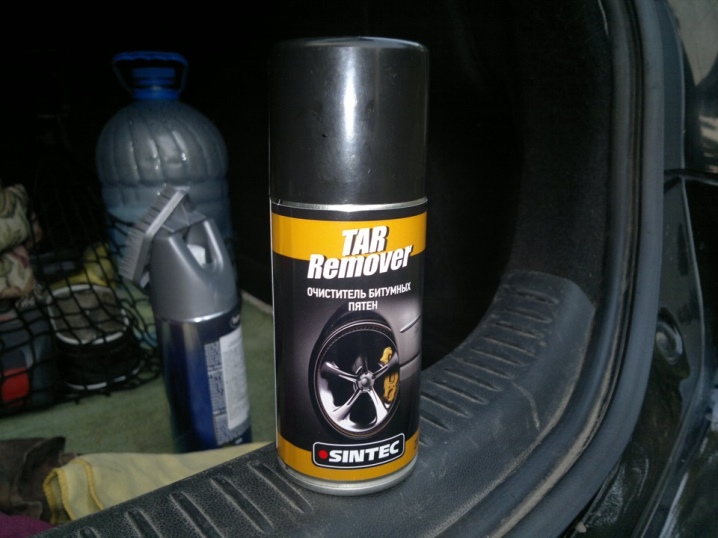
Precautions for removing bitumen stains from a car body include the mandatory removal of any other contaminants. A chemical reaction with dirt, greasy deposits can get out of control. It is also worth making sure in advance that the cleaning agent is compatible with a specific type of paintwork.
How to clean bitumen from the car, see the video.













The comment was sent successfully.